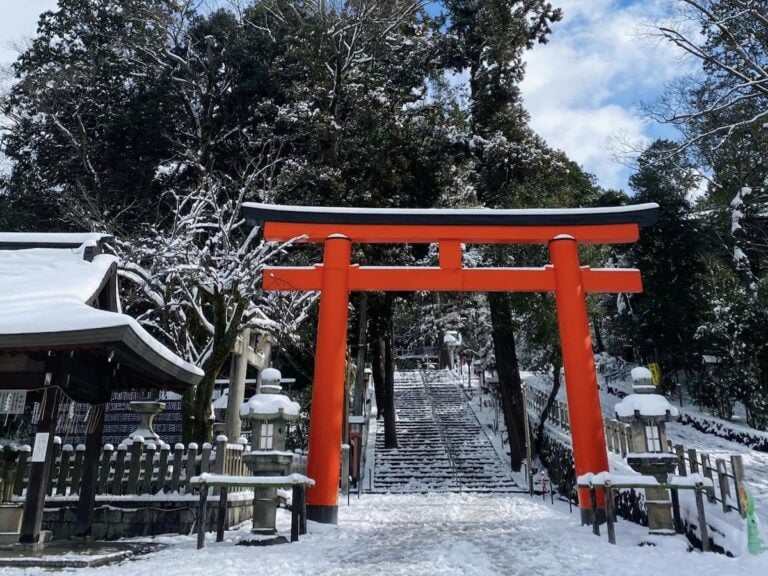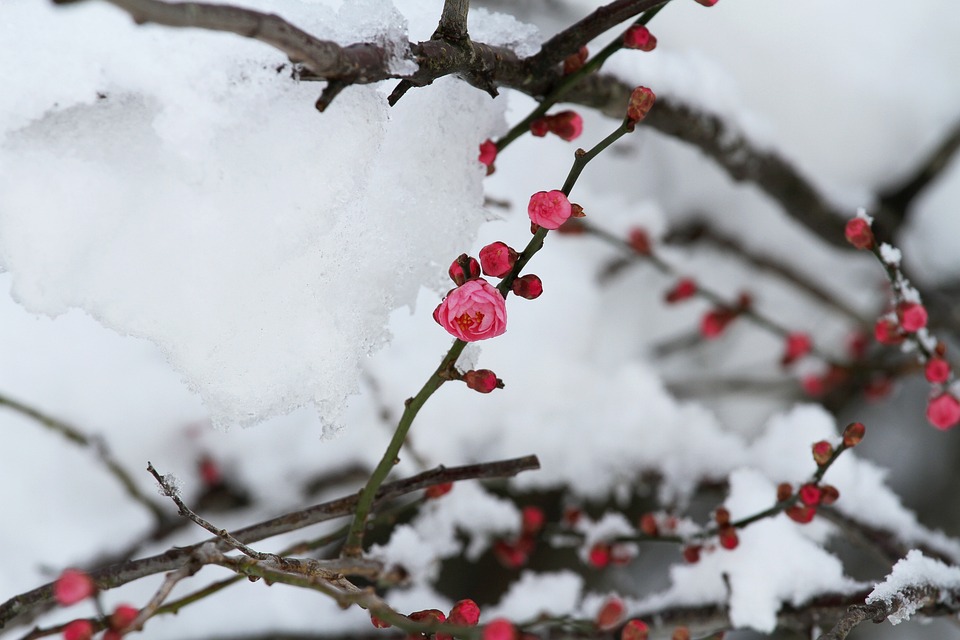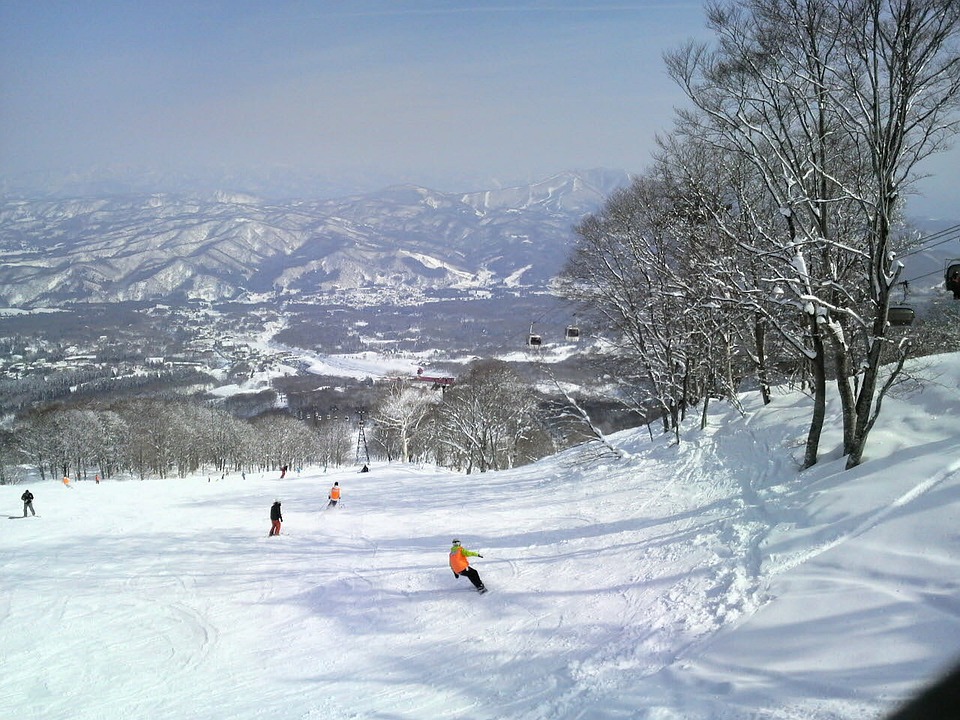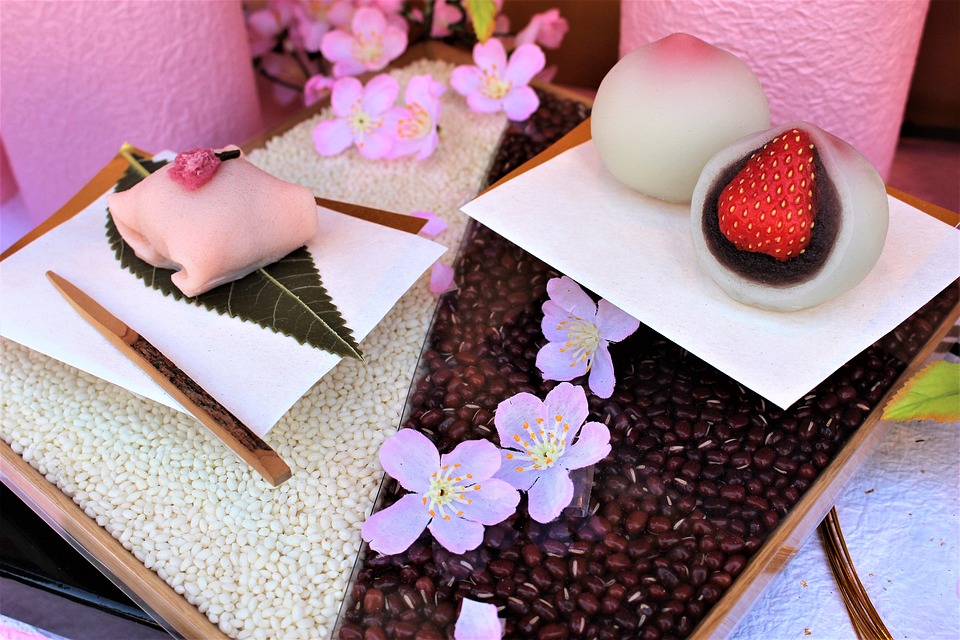
Japan is a country famous for its seasons. From the cherry blossoms of the spring to the warm summer matsuris to the changing autumn leaves. These times attract much of Japan’s tourism as many people love the beautiful nature Japan has to offer. However, what happens when you find yourself in Japan during the winter months?
Just like the other seasons, winter in Japan is also incredibly beautiful. From a variety of wintertime festivals to beautiful snowy landscapes, Japan is worth seeing any time of the year. If you’re thinking of coming to Japan during wintertime or live here full time and are unsure how to spend your free time in the cold, here’s a guide of how to enjoy your winter in Japan.

How do I dress in winter?
Japan is a large country so of course this answer varies depending on where you are. Hokkaido is going to require a lot more layers than Okinawa. In general, layers tend to be your best option. Often, you’ll be going between hot trains and shops to walking around in the snow, so being able to remove outer layers is very beneficial. Another thing to consider is Japan requires a lot of walking and so you will want to be conscious of your shoes. In many places (such as Tokyo and Hokkaido) there may be snow and you may also find yourself hiking to go to shrines and temples while you travel. So, you may want to consider bringing warm, waterproof shoes as well.
However, while trains tend to be well heated, most homes tend to be much colder with lack of centralized heating and insulation. So, if you’re staying in a traditional ryokan, packing extra warm socks and pajamas is definitely a good idea. Additionally, there are a variety of heating pads, warm blankets, and heated tables you’ll find are beneficial to dealing with the cold temperatures. Another thing that may help you stay warm is the variety of hot drinks in vending machines and convenience stores that you can enjoy while exploring.

What can I do?
Of course, just because it is winter doesn’t mean everything in Japan stops. Many of Japan’s temples and shrines are extra beautiful in the snow and there are still often many matsuris even in the cold.
Most major cities (such as Tokyo, Osaka, Kyoto, etc.) have illumination festivals worth visiting. These incredible light shows tend to begin around Christmas and New Years and can continue until February. One of the most famous is Kobe’s Luminaire which is an Italian designed light festival that started as a memorial to remember the victims of the Kobe earthquake in 1995. However, no matter where you wish to go, you may be able to find an illumination festival through the winter months to visit.
One of the most famous things to do in Japan is visiting the hot springs or onsens. When it is cold, there is something magical about heating up by soaking in a steaming hot spring. One of the more famous onsens to visit would be Yunishigawa Onsen, Tochigi where a snowy festival is held throughout February that has hundreds of illuminated snow huts known as kamakura. Even if you are uncomfortable with the thought of soaking in the nude, there are many private baths you can also choose to do. Although you may find once you get into an onsen, you will get use to the public nudity and feel less shy.
Another popular activity in Japanese winter is skiing. Japan is a very mountainous country so ski resorts can be easily found all throughout Kansai, Kanto, and the northern regions. Even if you have never gone skiing before, there are a variety of groups you can join and equipment you can rent. When you come in from the cold many resorts also offer a variety of drinks to warm you up.
As mentioned before, just because it is winter doesn’t mean the festivals end. There are a variety of famous festivals to enjoy, so you should look up the event calendars into what cities you intend to visit. One of the most famous festivals is Sapporo’s snow festival which is held in early February. This festival holds many enormous snow and ice sculptures and can attract over two million visitors at a time. Also in Hokkaido, Lake Shikotsu Ice Festival is held in the hot springs around Lake Shikotsu near Chitose. This festival is created by natural dripping lake water that are lit up with a variety of colorful lights. You can enjoy the variety of ice castles by day and the illuminated ice by night. If you wish to stay away from the chilly north, there is also festivals held around kansai such as Nara’s Yamayaki where the mountain named Wakakusayama is set on fire.
If you wish to visit in late winter, such as February, the plum blossoms are also worth seeing. While cherry blossoms are well known throughout March in much of Japan, plum blossoms often get overlooked. So consider enjoying the early signs of spring by enjoying the variety of plum blossom festivals.

What should I eat?
While things like sushi and ramen are famous Japanese cuisines, in the wintertime there are a variety of wonderful warm meals you can enjoy. Whether in a restaurant or in the convenience store, steaming trays of oden made with a variety of meats and vegetables boiled in soy flavored dashi broth always heats you up. In addition, nabe (or hot pot) which includes a big pot of broth that you add your favorite foods into is a wonderful communal meal you can enjoy with friends.
There are several seasonal foods that tend to be eaten during winter. Tofu is available year round, but in winter the soybean season ends so it makes a wonderful winter meal. Citrus fruits such as yuzu and mikan also peak during winter. During late winter such as February strawberries are easy to come by and extremely popular. However, perhaps one of the most surprising winter foods is the fugu, or puffer fish, which can quite delicious when served sashimi style.













